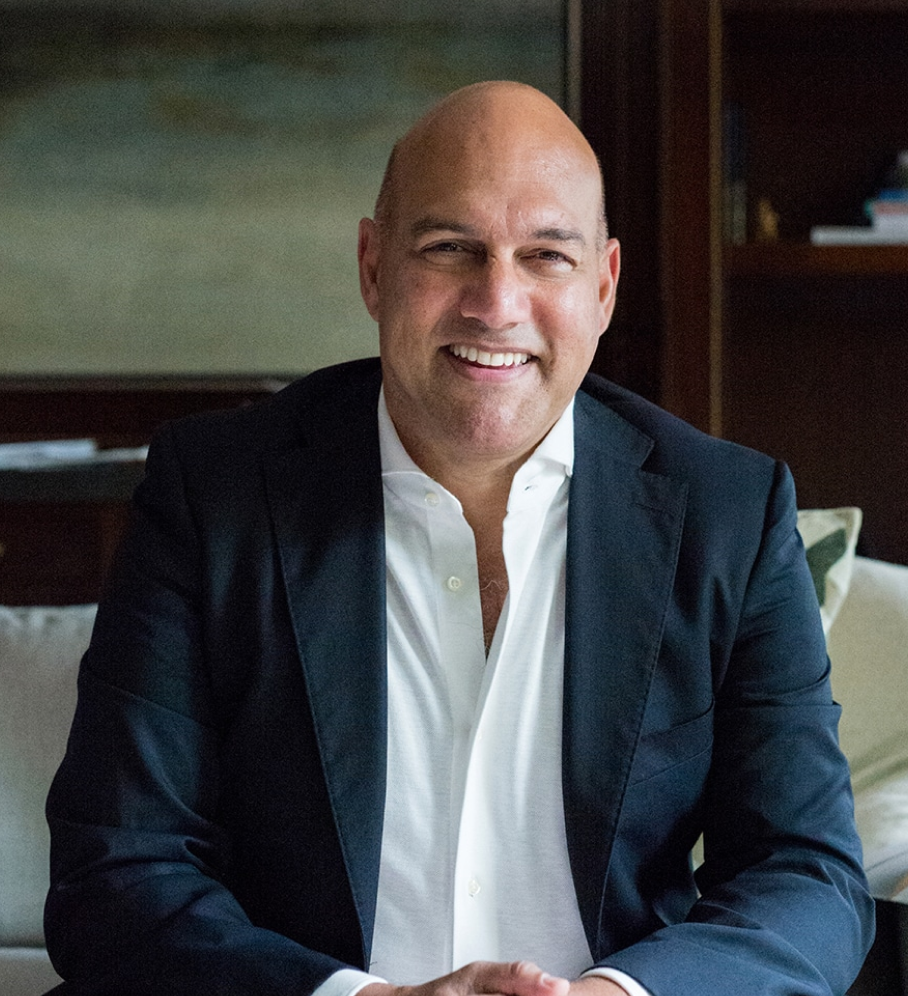Notes for Enterprise ExO’s (EExOs):
Much of what we have covered in this chapter applies to pure startups, as well as to startups growing out of existing enterprises. However, there are some special considerations for Enterprise ExOs (EExOs).
According to Salim, the greatest danger when building an Enterprise ExO is that the “immune system” of the parent company will come and attack it. Thus, the following suggestions for budding EExOs:
-
Only go after new markets. This is largely to avoid an immune system response from the company. If you want to transform an existing cash cow or leapfrog a current business unit, you need a stand-alone unit with a small team that is isolated and fully autonomous.
-
Establish direct support from—and a direct formal link to—the CEO. Whatever you do, do not settle for any other reporting line below the CEO, and that goes triple for the CFO.
-
Spin out versus spin in. If you are successful, spin everything out and create a new company; don’t try to wedge the emerging business back into the mothership. If your startup is truly disruptive, it won’t fit neatly anywhere, and internal politics will only escalate, especially if you are cannibalizing an existing revenue stream. The only exception we’ve found is when individual EExOs are part of a larger platform play, as with Apple’s products, which start out at the edge and are brought into the center.
-
Invite the most disruptive change-makers from within your existing organization to work on your EExO. Management expert Gary Hamel has said that young people, dissidents, and those working on the geographic and mental peripheries of your organization are the most interesting, free, and open thinkers. Look for rebels. The good news is that they won’t be difficult to find.
-
Build your ExO completely independent of existing systems and policies. That includes actual physical separation. Try hard not to use existing premises or infrastructure unless they deliver a huge strategic advantage. As with any new startup, it’s critical for a new ExO to operate as a greenfield operation, relying on speed and iteration, both of which are hard in large organizations.
As Steve Jobs said, “We run Apple like a startup. We always let ideas win arguments, not hierarchies. Otherwise, your best employees won’t stay. Collaboration, discipline, and trust are critical.” (1)
WWED. This stands for “What Would Elon Do.”
Possibly the most ambitious entrepreneur in the world today is Elon Musk. From one point of view, the way Elon Musk operates is actually very simple. After picking an MTP, he looks for a supporting technology that’s growing exponentially (e.g., solar energy, brain computing interfaces, batteries). He then looks out ten years on that doubling pattern and asks, “What will the price performance be in ten years?” Elon refers to this as “first-principle thinking,” meaning looking at the fundamentals.
For example, in the early days of Tesla when considering the cost of lithium-ion batteries, he looked at the spot price of the major components (lithium, graphite, cobalt, and manganese) and determined that, in volume, the price of these batteries could come down considerably. Then he starts building a company against that—because it takes about ten years to build a global company. As Peter is fond of saying, “If you build a product or service using today’s technology, you’re out of date by the time you launch.” But it also goes without saying that Elon’s success is also due to the fact that willing to take big, calculated risks.
Does the process work? Here are some case studies:
-
Enter Rokk3r Labs out of Miami. They use the ExO model to build startups. Since 2015, they have built 40 companies using the methodology and took their company public as a result.
-
Roger Hamilton read ExO in 2014 and used the model to build his EdTech startup. Genius Group went public on the New York Stock Exchange in 2022.
-
Tens of thousands of entrepreneurs globally are using the model to build the next generation of ground-breaking startups
What’s Next…
Now you have a sense of both the ExO Attributes and a process for building an ExO. There’s one call to action to keep in mind as you finish the last couple of chapters in this book:
WHAT WILL YOU BUILD ??
[1] For those interested in a more thorough treatment of starting an ExO, Peter Diamandis and Steven Kotler’s second book, BOLD (Simon & Schuster, Feb 2015), is written for the entrepreneur interested in going from an idea to running a billion-dollar company in record time.
Join Our ExO Community - Unlock Exponential Growth!
Traditional growth models risk obsolescence. Learn how to become an Exponential Organization (ExO) and drive innovation with disruptive technologies. Sign up now!
Organizations implementing the formula have delivered over
- ⭐ 6.8x high profitability
- ⭐ 40x higher shareholder returns
- ⭐ 11.7x better asset turnover
- ⭐ 2.6x better revenue growth








